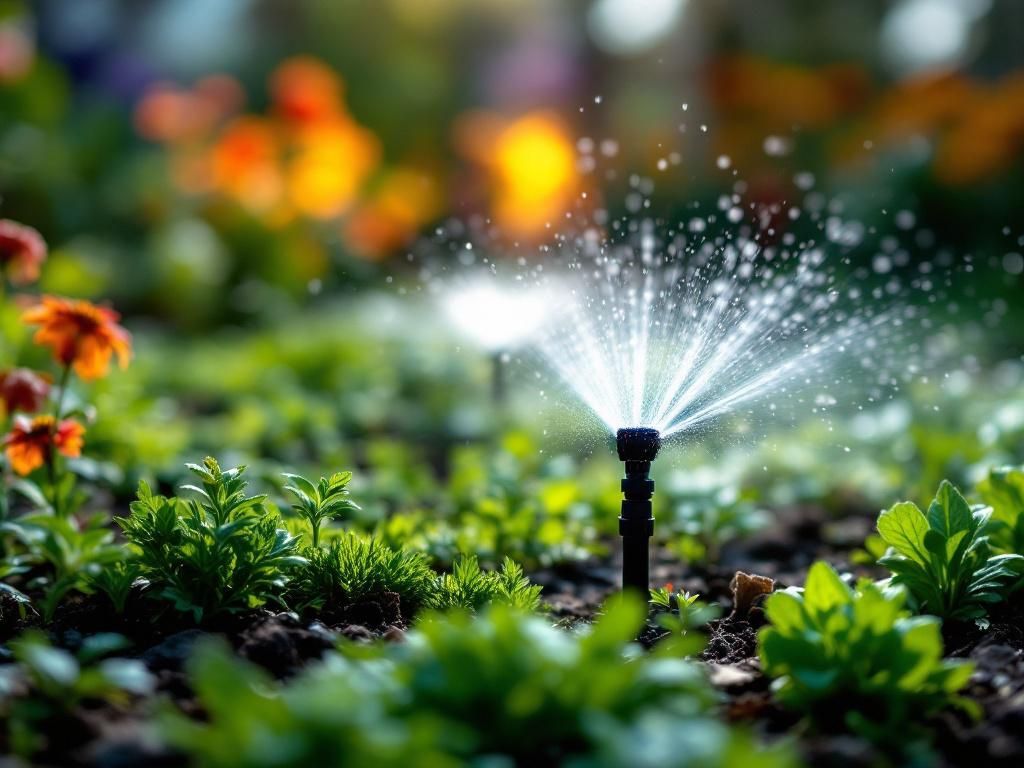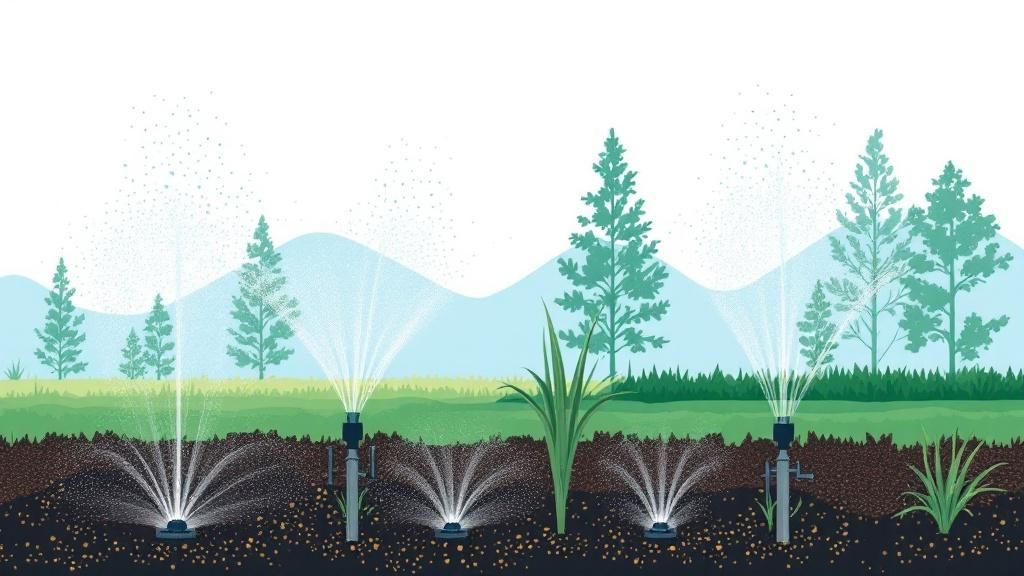
Irrigation for Anchorage Homes: Practical Solutions for Water-Efficient Landscaping
Key Takeaways
-
Efficient irrigation is critical to keeping landscapes healthy in Alaska’s short but intense growing season.
-
Automated systems help reduce water waste and cut down on manual labor.
-
Drip irrigation is especially effective in Anchorage due to precise water delivery and minimal evaporation.
-
Regular maintenance extends system life and ensures performance.
-
Local expertise matters when planning, installing, and maintaining these systems.
Anchorage’s unique climate poses specific challenges for residential landscaping. With a limited growing season, unpredictable rainfall, and cool temperatures, maintaining a healthy yard requires strategic watering. That’s where irrigation systems come in.
Rather than relying on manual watering—which can lead to overwatering, missed spots, or poor timing—irrigation systems allow homeowners to deliver the right amount of water exactly where and when it’s needed. This is especially helpful in areas where water runoff or soil erosion can quickly become a problem.
Whether you’re maintaining a small backyard garden or a large lawn, efficient irrigation is key to ensuring your investment pays off in the form of vibrant plants, stronger root systems, and a healthier outdoor space.
Types of Irrigation Systems for Anchorage Yards
Different yards call for different irrigation solutions. In Anchorage, the most effective systems include:
Drip Irrigation
Also known as trickle irrigation, this method delivers water directly to plant root zones through a network of emitters. It’s ideal for flower beds, vegetable gardens, and shrubs, where targeted hydration minimizes water waste and reduces weed growth.
Sprinkler Systems
Traditional pop-up or rotary sprinkler systems are best for lawns and larger open spaces. When properly installed and maintained, these systems can cover wide areas with even distribution.
Soaker Hoses
These porous hoses slowly release water along their length, making them a low-tech but efficient option for narrow garden beds and border plantings.
Smart Watering with Automation
Modern irrigation systems can be paired with timers, moisture sensors, or smart controllers to optimize water use. For example:
-
Timers ensure watering occurs during early morning or evening, when evaporation is lowest.
-
Soil moisture sensors prevent overwatering by measuring current conditions before activating the system.
-
Smart controllers connect to weather data and adjust watering schedules automatically.
In Anchorage, where sudden changes in weather are common, these tools help homeowners adapt without having to constantly monitor their systems.
Seasonal Considerations for Irrigation
Watering needs in Anchorage vary greatly from month to month. Here’s what to keep in mind:
-
Spring: As the ground thaws, start inspecting and testing your system. Repair any freeze-related damage.
-
Summer: This is peak growing season. Lawns and gardens will need more frequent watering, especially during drier spells.
-
Fall: Begin reducing watering frequency as plant growth slows. Prepare to winterize your system.
-
Winter: Systems should be fully shut off and drained to prevent pipe damage from freezing temperatures.
Common Irrigation Challenges in Alaska
Freeze Damage
Systems not properly winterized can suffer cracked pipes or damaged valves from expanding ice. Professional blow-out services ensure water is fully removed before winter.
Uneven Coverage
Sloped landscapes, wind exposure, and poorly placed sprinkler heads can lead to dry patches. Regular inspection and adjustment help maintain even watering.
Clogged Emitters
For drip systems, dirt or hard water can block emitters, reducing effectiveness. Installing a filter and flushing the system regularly solves this issue.
Maintenance Tips for Long-Term Performance
To keep your irrigation system working efficiently:
-
Check for leaks or pooling water monthly.
-
Adjust sprinkler heads as plants grow and block spray patterns.
-
Clean filters and inspect drip lines for clogs.
-
Schedule a system audit once a year to evaluate performance and make adjustments.
These small tasks go a long way in preventing bigger issues down the road.
Enhancing Curb Appeal and Water Efficiency
A professionally installed irrigation system does more than keep your lawn green—it enhances the entire look and value of your property. Consistent watering promotes lush grass, vibrant flower beds, and healthy trees, all of which contribute to curb appeal.
Efficient watering also saves money in the long term by reducing water bills and minimizing plant loss due to over- or under-watering.
Titan has helped numerous homeowners optimize their irrigation systems to suit their yard size, sun exposure, and plant needs. Their team emphasizes water efficiency and offers seasonal maintenance packages.

Frequently Asked Questions
Do I really need an irrigation system in Anchorage?
Yes. Even with Alaska’s natural rainfall, efficient irrigation is crucial for consistent plant health—especially during the peak growing season.
How much does a typical irrigation system cost?
Basic residential systems in Anchorage start at around $3,000 and go up depending on yard size, layout complexity, and automation features.
Can I install it myself?
While DIY kits exist, professional installation ensures proper zoning, head placement, and system pressure—all essential for long-term success.
How often should I water my lawn in summer?
Generally 2–3 times a week, depending on temperature and rainfall. Smart systems can adjust automatically based on conditions.
Do I need to shut the system down in winter?
Yes. All irrigation systems should be fully drained and shut off before the first freeze to prevent costly damage.
